elemintalshop
Vedic God Indra, Ruler of Heaven and Earth 5 Chhertum Bhutan Authentic Coin Money for Jewelry (Deb Half-Rupee) (Misstrike) (1979)
Vedic God Indra, Ruler of Heaven and Earth 5 Chhertum Bhutan Authentic Coin Money for Jewelry (Deb Half-Rupee) (Misstrike) (1979)
Couldn't load pickup availability
Vedic God Indra, Ruler of Heaven and Earth 5 Chhertum Bhutan Authentic Coin Money for Jewelry and Craft Making (Deb Half-Rupee) (Misstrike) (1979)
Reverse: Design of central portion is similar to that of the reverse of a Bhutanese Deb Half-Rupee of the 19th Century. It is shown with smoother letters than the original, and was misstruck by the mint: erroneously rotated 90 degrees clockwise. The letter "Sa" ["Earth"], beneath a Crescent Moon, to the left of the "Ra" portion of the large zig-zag syllable "Ndra" [the name of the God "Indra"]. (The God Indra's thunderbolt is named Vajra. A viśvavajra or "double vajra" appears in the emblem of Bhutan.)
Lettering surrounding central portion: · · · ངྱད་ཀྲམ་ལྱ་ ། · · ·
FIVE CHHERTUM
Obverse: Like the depiction on the reverse, the central portion bears a design similar to that of the obverse of a Bhutanese half rupee of the 19th Century. It is shown with smoother letters than the original, and was misstruck by the mint: erroneously rotated 90 degrees clockwise.
Lettering surrounding the central portion: ROYAL GOVERNMENT OF BHUTAN
1979
Features
Issuer Bhutan
King Jigme Singye (1972-2006)
Type Standard circulation coin
Year 1979
Value 5 Chhertums
0.05 BTN = USD 0.00066
Currency Ngultrum (1974-date)
Composition Bronze
Weight 1.9 g
Diameter 17.15 mm
Thickness 1 mm
Shape Round
Technique Milled
Orientation Medal alignment ↑↑
Number N# 9362
References KM# 45
Wikipedia:
Indra (/ˈɪndrə/; Sanskrit: इन्द्र) is an ancient Vedic deity in Hinduism. He is the king of Svarga (Heaven) and the Devas (gods). He is associated with lightning, thunder, storms, rains, river flows and war. Indra's mythology and powers are similar to other Indo-European deities such as Jupiter, Perun, Perkūnas, Zalmoxis, Taranis, Zeus, and Thor, showing connections to hypothesized Proto-Indo-European mythology.
Indra is the most referred deity in the Rigveda. He is celebrated for his powers, and as the one who kills the great evil (malevolent type of Asura) named Vritra who obstructs human prosperity and happiness. Indra destroys Vritra and his "deceiving forces", and thereby brings rains and the sunshine as the friend of mankind.
...Indra's weapon, which he used to kill the evil Vritra, is the Vajra or thunderbolt. Other alternate iconographic symbolism for him includes a bow (sometimes as a colorful rainbow), a sword, a net, a noose, a hook, or a conch.
...The Buddhist cosmology places Indra above Mount Sumeru, in Trayastrimsha heaven. He resides and rules over one of the six realms of rebirth, the Devas realm of Saṃsāra, that is widely sought in the Buddhist tradition. Rebirth in the realm of Indra is a consequence of very good Karma (Pali: kamma) and accumulated merit during a human life.
***********
About This Coin:
In 1979 the Royal Government of Bhutan commissioned the Royal Mint in Llantrisant, Wales, to strike a new series of Bhutanese coins in denominations of 5, 10, 25, and 50 chhertum, and 1 ngultrum. The 5 chhertum piece, however, was never released in Bhutan in large quantities, reportedly because a die error caused the coin to have a rotated design. As a result, many examples are available to collectors in higher grades, although circulation grade pieces also exist.
The 5 chhertum coin is composed of a bronze alloy of 70 to 90 percent copper and 10 to 30 percent tin and measures 1.9 grams in mass, 17.15 millimeters in diameter, and 1 millimeter in thickness. It has medallic alignment; raised, undecorated rims; and a plain edge, and like most coins, is round in shape.
The central portion of the obverse bears a design similar to that of the obverse of a Bhutanese half rupee of the 1820s. It is shown with smoother letters than the original, but is erroneously rotated 90 degrees clockwise. Initially modeled after the coins of the neighboring princely state of Cooch Behar, the Bhutanese half rupee in the illustration shows the lower portion of the Bengali words "শ্রী শ্রী" (Romanized: Śrī śrī) at the top (at the right on the 5 chhertum piece), followed on the next line by the letters "ব" (bô), "চ" (chô), and "র" (rô), and on another line below that by the upper portions of the ligature "লা" (la) and letter "ম" (mô). This entire rendition on the 5 chhertum piece is enclosed within a solid circular boundary, outside of which the legend "ROYAL GOVERNMENT OF BHUTAN" extends clockwise from the obverse's lower left to lower right peripheries. The remainder of the rim is occupied by the Gregorian date of minting, which is written counterclockwise in Western Arabic numerals as "1979" at the bottom of the piece. It is separated from the legend by four stacked circular points, two to the left and two the right.
The reverse incorporates a design resembling the other side of the Bhutanese half rupee illustrated on the obverse. Like the depiction on the obverse, the rendition on the reverse is shown with smoother letters than the original half rupee and is rotated 90 degrees clockwise. The Bengali "শ্রী" (śrī) and "ম" (mô) are inscribed on the first line (at the right), and are followed on the next by a symbol, the Bengali ligature "ন্দ্র" (ndrô) and letter "ন" (nô), the Tibetan "ས" (sa), and the Assamese "ৰ" (rô), and on another line below that by the upper portions of the letters "য়" (yô) and "স" (sô). This entire rendition, like that on the obverse, is enclosed inside a solid circular boundary. Printed outside the boundary, extending clockwise at the coin's upper rim, is the coin's value in Dzongkha, "ཕྱེད་ཀྲམ་ལྔ་།" (Wylie: phyed kram lnga). Its English equivalent, "FIVE CHHERTUM", is engraved in the opposite direction from the coin's lower left to right peripheries, separated from the Dzongkha rendering by six circular points, three at each side.
The total mintage of the second 5 chhertum coin is currently unknown. Both business strikes and proofs are reported to have been minted during a single year of production. Of the proofs, an estimated 20,000 were sold in sets by the Royal Government of Bhutan.
Source: https://currencies.fandom.com/wiki/Bhutanese_5_chhertum_coin
**********
BHUTAN – Deb Half-Rupee
The tiny Himalayan kingdom of Bhutan has been called the “Dragon Kingdom”. It was established as a priestly monarchy in 1652. ... It started to strike its own coins about 1790, after the British East India Company closed the Cooch Behar mint. The undated coins, denominated as Deb (1/2) Rupees, were originally good silver; however by about 1840 the coins became heavily alloyed with lead and then copper. The copper Deb Rupees continued to be struck until about 1910. … Though the basic design remained unchanged, there are numerous varieties….
Source: http://numis.org/coins-of-the-month/
********
Before the 1950's, there were no urban communities in Bhutan, and coins only played a small part in the economy of the country, serving mainly as a store of value, and as ceremonial gifts or donations. … Day to day life mainly involved subsistence farming, supplemented by barter. Taxes were paid either in kind or in services, and land rent was paid as a share of the produce, again in kind.
…The coins that it is reasonable to attribute to the period from about 1820 to 1870, or even later, fall into two main groups. The first group has a dot to the right of the letter Ndra and the second group has a cross. … Most of the coins of this group have a letter Sa on the obverse…
…In both silver and base metal, the coins with Sa ("Earth") are the most common of all Bhutanese coins, and are found in large numbers, struck from innumerable different dies. The common features are the horizontal lines, the prominent letters Ndra na ( ) on the obverse.... The parts of the legend above and below the horizontal lines, and on the left and right extremities of the design vary, and often depart from the original prototype in a more or less illiterate manner, and even parts of the common features of the design are occasionally engraved in mirror image. …
The precise significance of the letter Sa is unknown, but it must have something to do with “land”. Many old personal seals of Bhutanese officials have the letter "Sa", so it was probably intended to distinguish coins issued by one of the most important issuing authorities, possibly the Desi, or one of the Dzongpens.
Source: COINAGE IN BHUTAN, Nicholas Rhodes - Journal of Bhutan Studies
http://www.moneta-coins.com/library/Bhutan%20Coinage_Rhodes.pdf
*******
Related history of Cooch Behar (N.India), the design on which the 19th Century series of Bhutan half-rupee coins is based:
Although there may be speculations whether Visvasimha issued coins or not, there is no doubt that his son Nara Narayana minted coins and his coins are discovered in large numbers from Koch Behar and adjoining areas. He issued numerous types of die struck coins, among them full rupees are found in plenty; but only a few specimens of half and quarter rupees are also discovered. All his coins are of the same design with an invocation to Shiva on the obverse and the name of the king and the date 1477 (1555A.D) on the reverse.18 It is probably that this merely represents the accession year and the coins were struck on several occasions and perhaps even in the several mints. The coins of Koch rulers were known as ‘Narayanimudr’ after the title Narayana assumed by Nara Narayana.
Source: http://www.moneta-coins.com/library/Narayana_Cooch%20Behar.pdf
Share
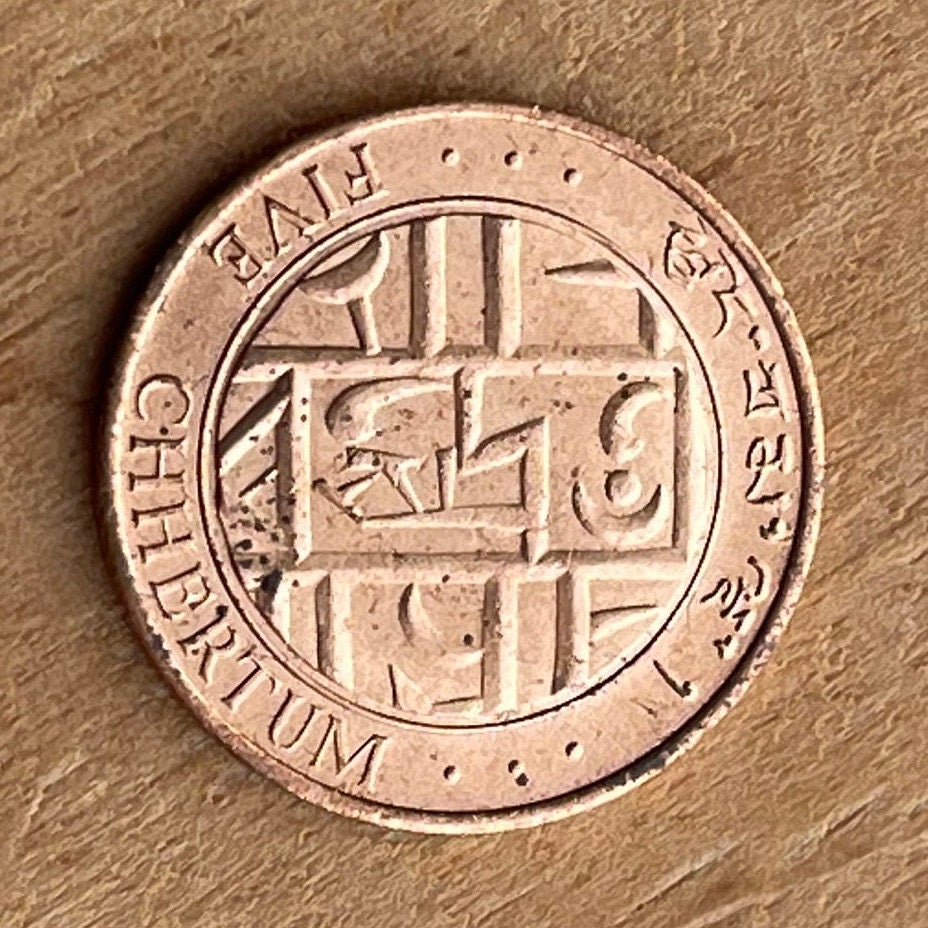
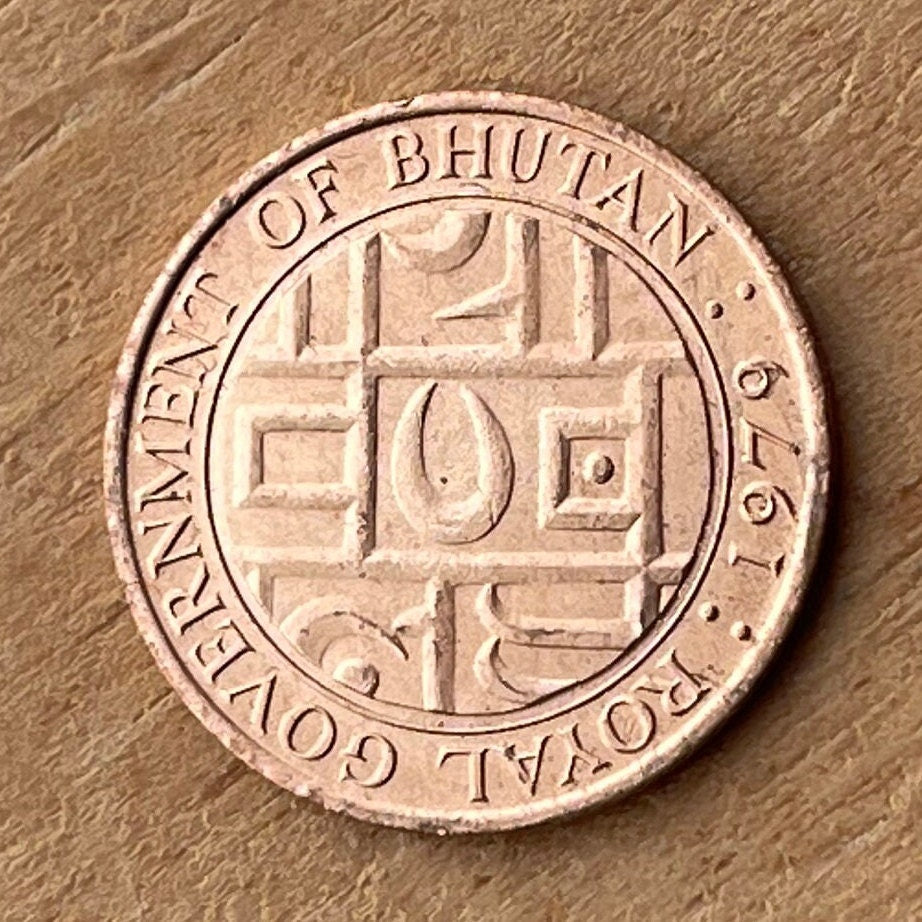
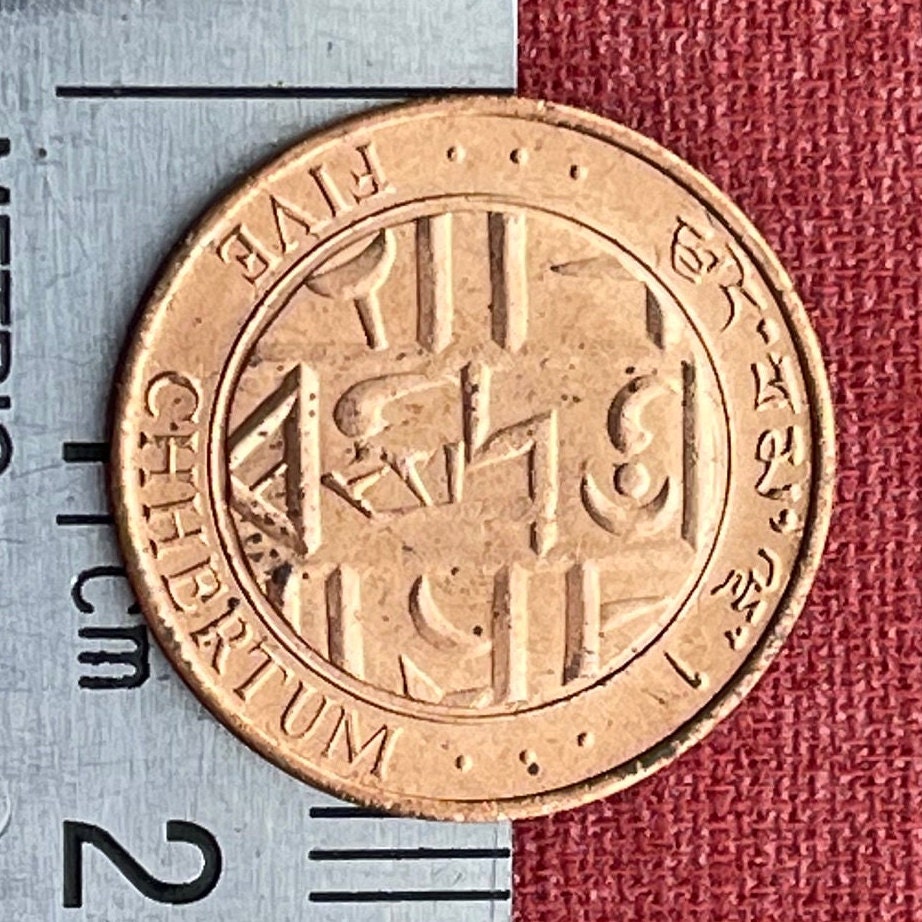
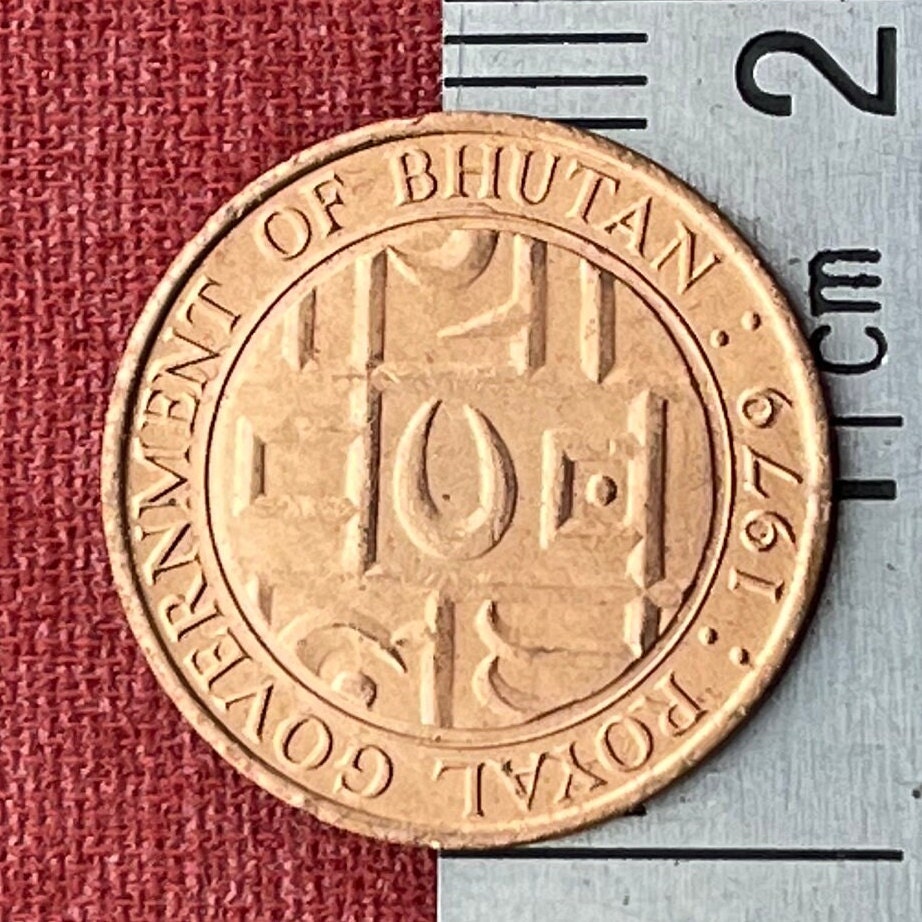
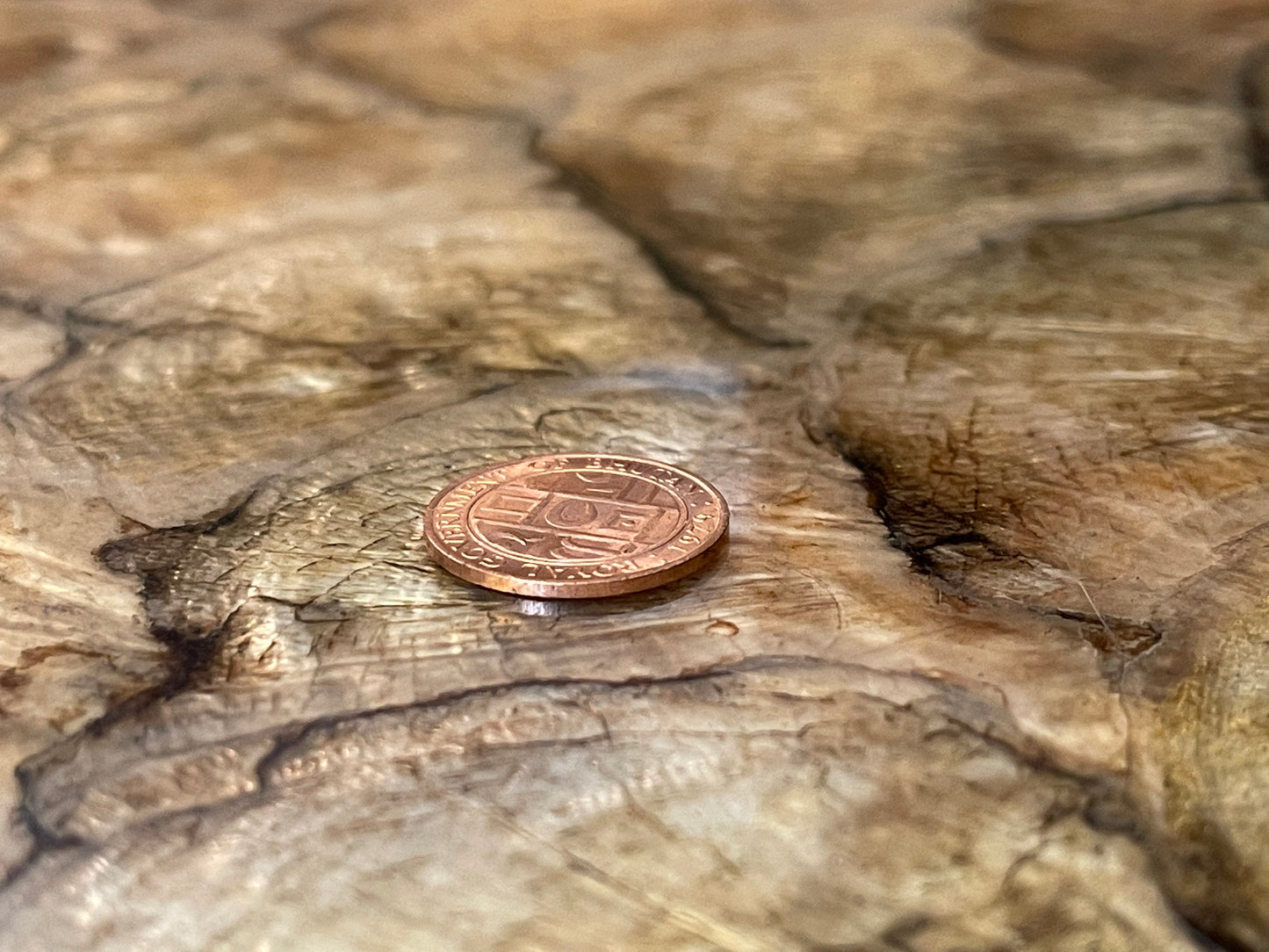
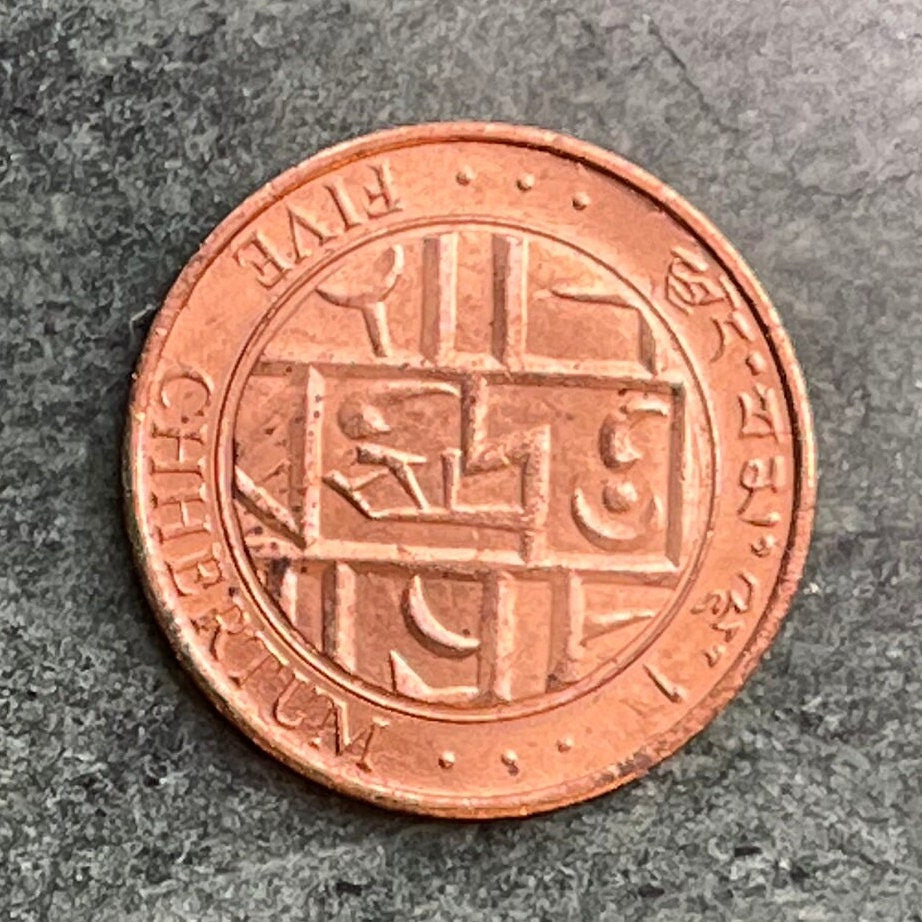
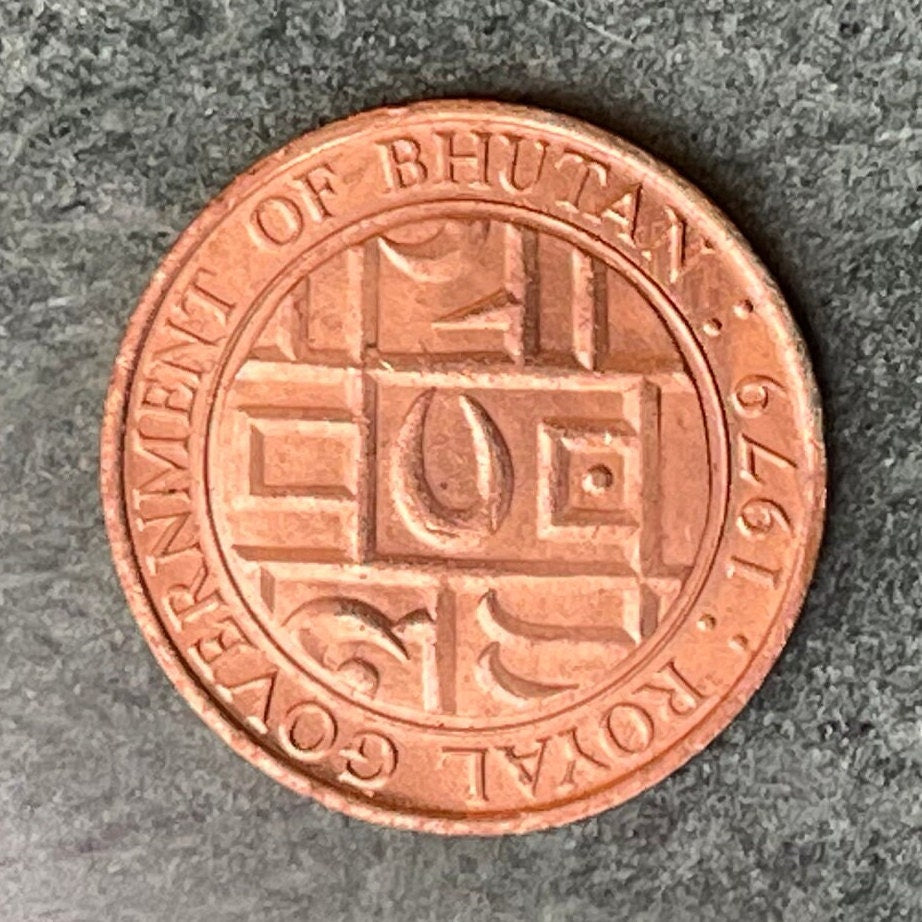
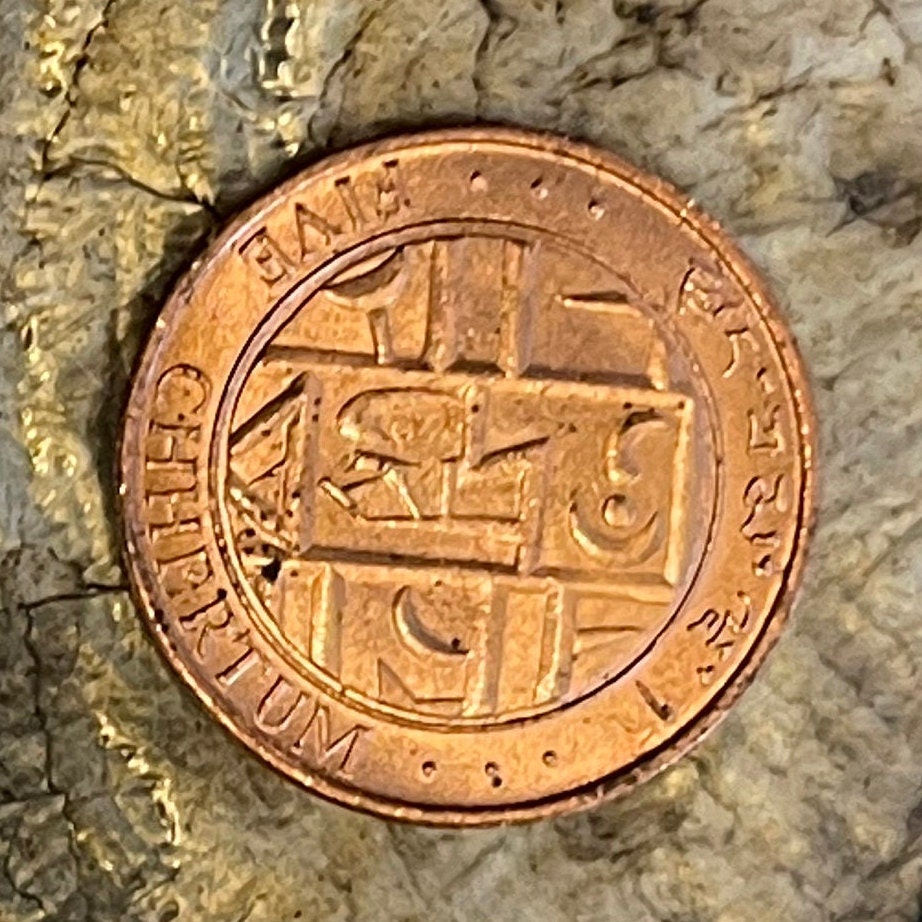
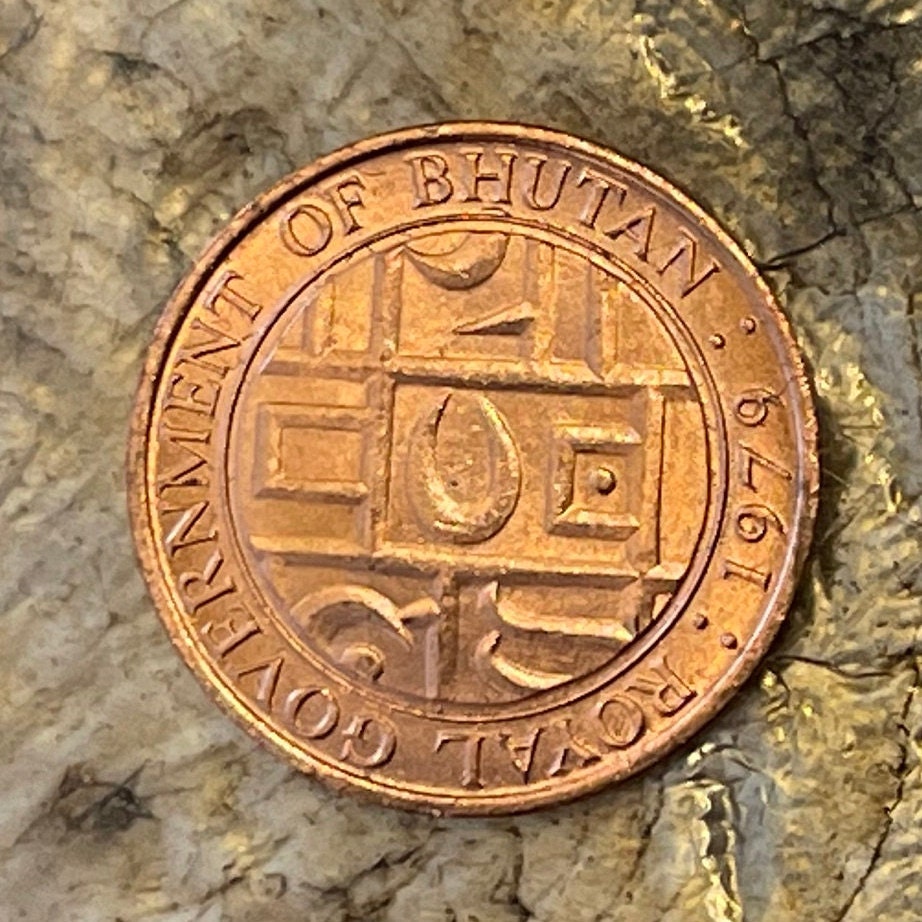
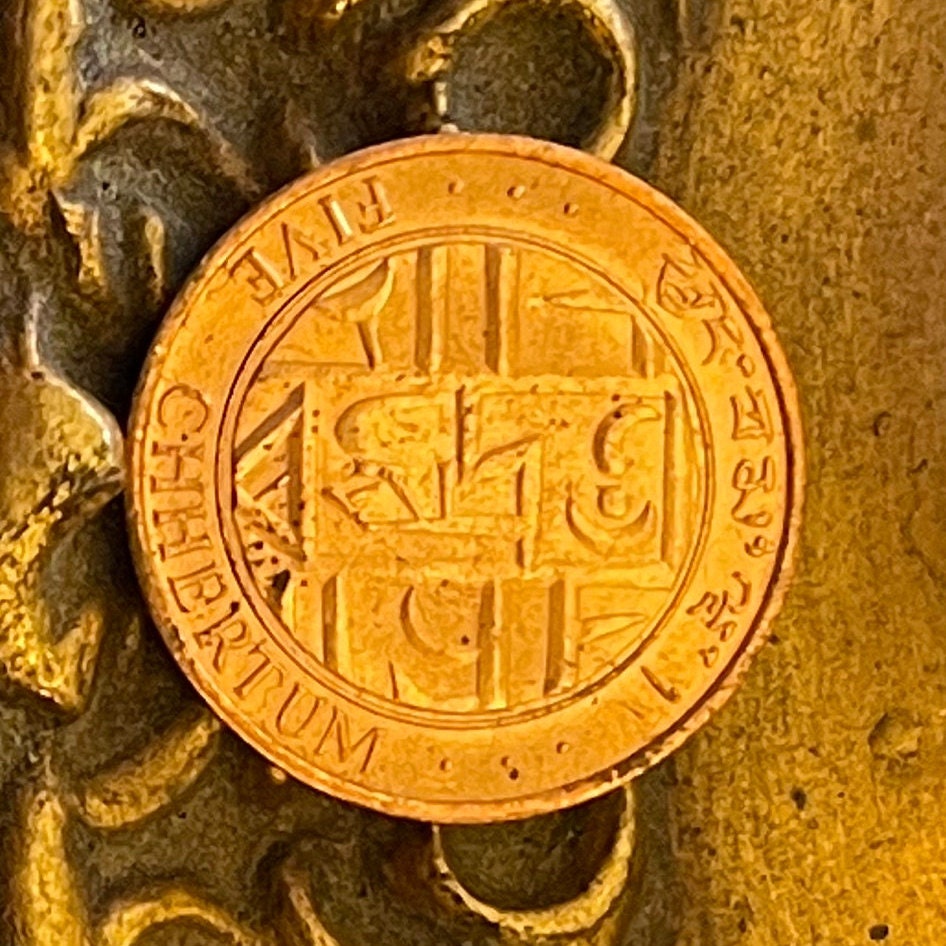
Very good quality! Happy to have this in my collection now!
modern coin with much of the character of their older coinage









